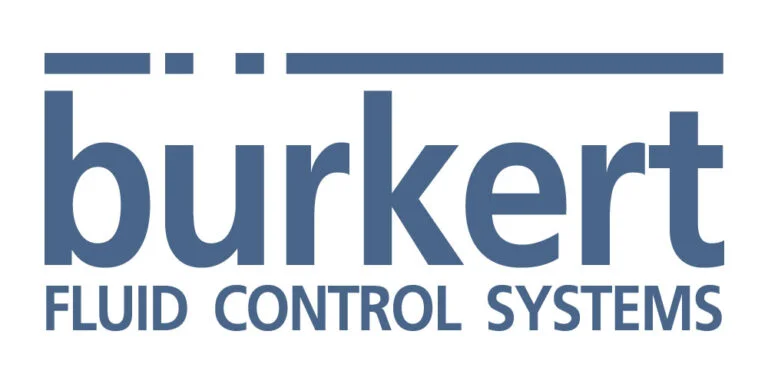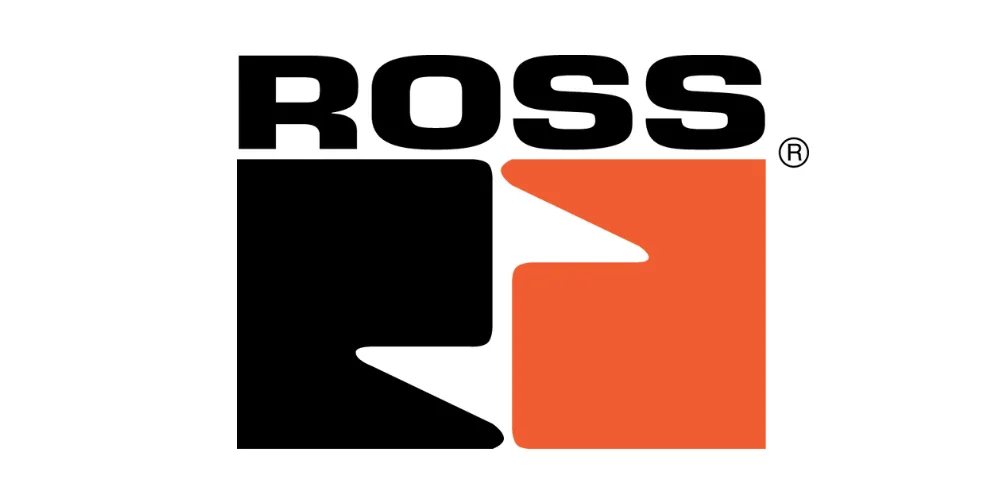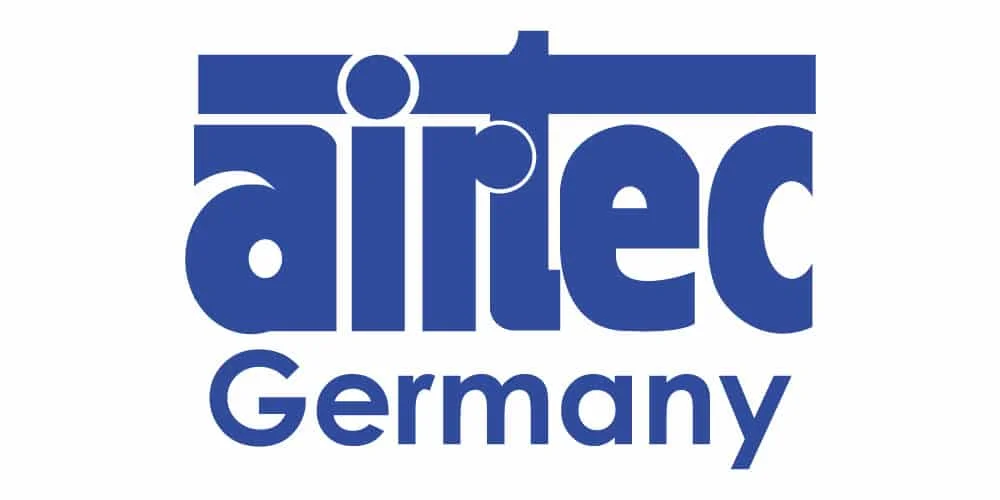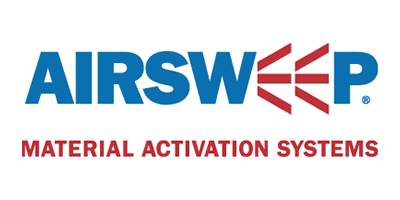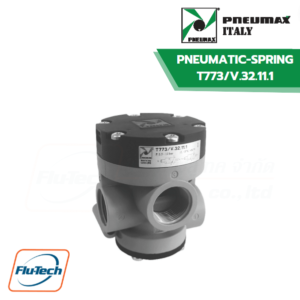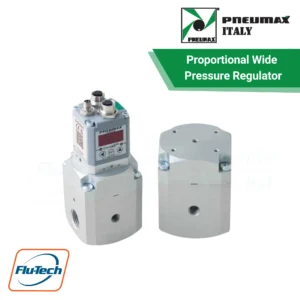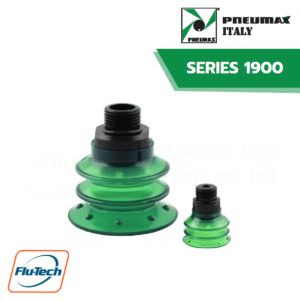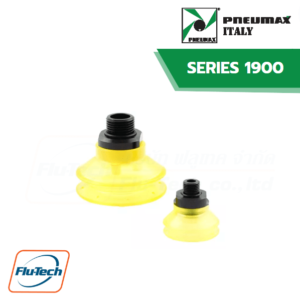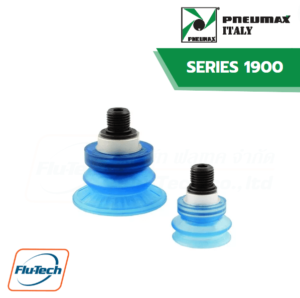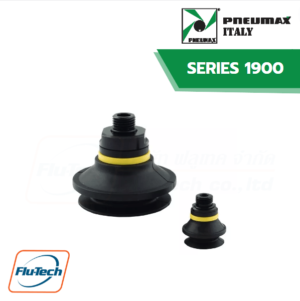จุดเด่นของ PNEUMAX - PNEUMATIC-SPRING – T773/V.32.11.1
- Valves and solenoid valves poppet system G1/2 ”and G3/4” made of high resistance thermoplastic material.
Pneumatic actuation
Operational characteristic Diaphragm pressure regulator with relieving. Balanced poppet. Lockable handle by simply pressing it downwards in the desired position. Body made with light alloy. Wall mounting possibility with M5 screws protected by covers. Two pressure gauge connections with plug complete of seal. Panel mounting bracket. Technical characteristic DOWNLOAD CATALOG (ดาวน์โหลดแคตตาล็อก)
Pneumatic actuation
Series WPR Output pressure up to 18 bar Flow rate up to 4000Nl/min There are versions available with or without proportional integration Proportional Integrated versions available with Analogue/Digital, CANopen® , IO-Link, EtherCAT®, PROFINET IO RT and EtherNet/IP interface IN / OUT connections, main regulator G1/2″ EXH connection, main regulator G1/4″ IN connection, pilot regulator M5
จุดเด่นของ PNEUMAX - ROUND BELLOWS SUCTION CUP MADE OF POLYURETHANE – SERIES 1900
- Round bellows suction cup made of polyurethane, suitable for movement of pieces of various size and shape and where level compensation is necessary, such as when withdrawing from loaders.
จุดเด่นของ PNEUMAX - ROUND BELLOWS SUCTION CUP MADE OF POLYURETHANE – SERIES 1900
- Round bellows suction cup made of polyurethane, suitable for movement of pieces of various size and shape and where level compensation is necessary, such as when withdrawing from loaders.
จุดเด่นของ PNEUMAX - ROUND BELLOWS SUCTION CUP MADE OF POLYURETHANE – SERIES 1900
- Round bellows suction cup made of polyurethane, suitable for moving pieces of various sizes and shapes and where level compensation is necessary, such as when withdrawing from loaders.
จุดเด่นของ PNEUMAX - ROUND BELLOWS SUCTION CUP SERIES 1900
- Round bellows suction cup, which, due to its shape, ensures that when in contact with the surface of the load to be lifted and in the presence of vacuum, it rapidly collapses, releasing the load of several millimetres, separately from the movements of the automation system; this rapid movement prevents the load underneath from remaining stuck to the one being lifted.

